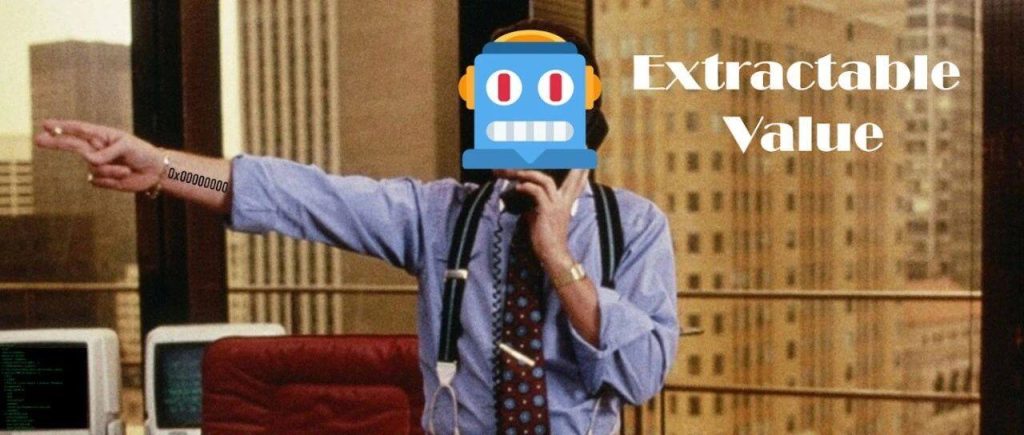There are many articles discussing the number of daily active users (DAU) in Decentraland, and they all believe that the metaverse of this cycle has failed. However, I think we have all overlooked the obvious issue.
In an article titled “The Lonely Metaverse” on Coindesk, according to data from DappRadar, the Ethereum-based virtual world Decentraland had 38 active users in the past 24 hours, while its competitor The Sandbox had 522 active users in the same period.
Despite the low user metrics, both Decentraland and The Sandbox have high valuations. According to data analysis from Messari, the market value of both Decentraland and The Sandbox is around $1.3 billion.
Let’s break it down further.
In the first five months of 2022, more than $120 billion has been injected into the industry. According to a statistical report, the market size of the metaverse is expected to reach $825 billion by 2030. According to data analysis from McKinsey, the market size of the metaverse will reach $5 trillion.
The concept of the metaverse is not a failure, but I will tell you why Linden Labs’ ability to rekindle interest in the metaverse with Second Life is a failure.
Media reports indicate that “Second Life” has about 64.7 million active users on its platform. It has a real virtual economy with an annual in-game GDP of $650 million. It processes 345 million transactions of virtual goods, real estate, and services each year. There are more than 20 billion user-generated assets in Second Life, and there are 8 million unique items for sale in its market.
For all intents and purposes, SL is still very dynamic and motivated after nearly 20 years. However, in reality, what has Linden done to improve the platform to keep up with technological developments, or what has it done in the current cycle to promote itself as a better metaverse product? I mean, even MindArk’s Entropia Universe, which has been around for about the same amount of time, is now switching to Unreal Engine 5 to keep up with current fidelity and infrastructure trends, while SL is stuck on a shaky architecture.
This is not worth it.
It’s not to say that visual effects are everything in the metaverse. After all, the social aspect of the metaverse is about people and interactions (which brands need to be aware of). However, even after 20 years, SL still has a significant advantage over Decentraland, The Sandbox, and other recently emerged platforms. Its avatar system allows for various forms of self-expression, and its market is filled with more choices. It is used for educational purposes, as well as for social and entertainment purposes. It allows users and brands to create almost unrestrictedly.
However, its signal is non-existent in the noise because it is trading on its own nostalgia rather than the future.
Linden is guilty of letting down its users, employees, and the platform itself. If a Web3 company like Forte can secure an investment figure of $800 million for a gaming/NFT economic platform, then “Second Life” should also receive the same level of investment to adapt to future technology and infrastructure, and surpass everything currently in the market in the process.
Someone posted a nightclub video clip in VRChat as an example of the development of social things. Second Life has been hosting a nightclub called Vortex for 15 years, and it is still ongoing. The following video was made for the “celebration of light” event held in September.
Linden should open up its technical resources to allow a vibrant community to continue developing features, or license the core platform for the same reason, but ensuring interoperability is a decisive factor. We now have multiple interconnected platforms, as well as cross-media capabilities with AR, VR, and browsers.
There is no point in thinking about what could happen. It is time to consider what should happen.
I suspect that SL will still be with us, even in the next metaverse cycle. However, unless there are significant changes in strategy and investment, we may be asking the same questions in 20 years and lamenting what could have been.
I apologize for being harsh again.
Note: This article is reprinted from FastDaily. Our company maintains a neutral stance on the statements and judgments in the article and does not provide any express or implied guarantees for the accuracy, reliability, or completeness of the content. Readers are advised to use it as a reference only and to assume responsibility for themselves.













